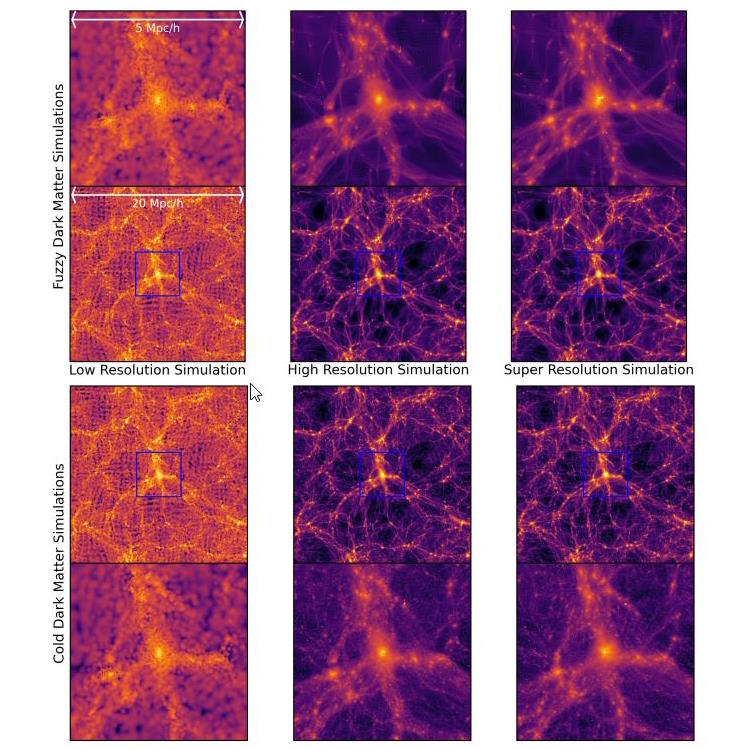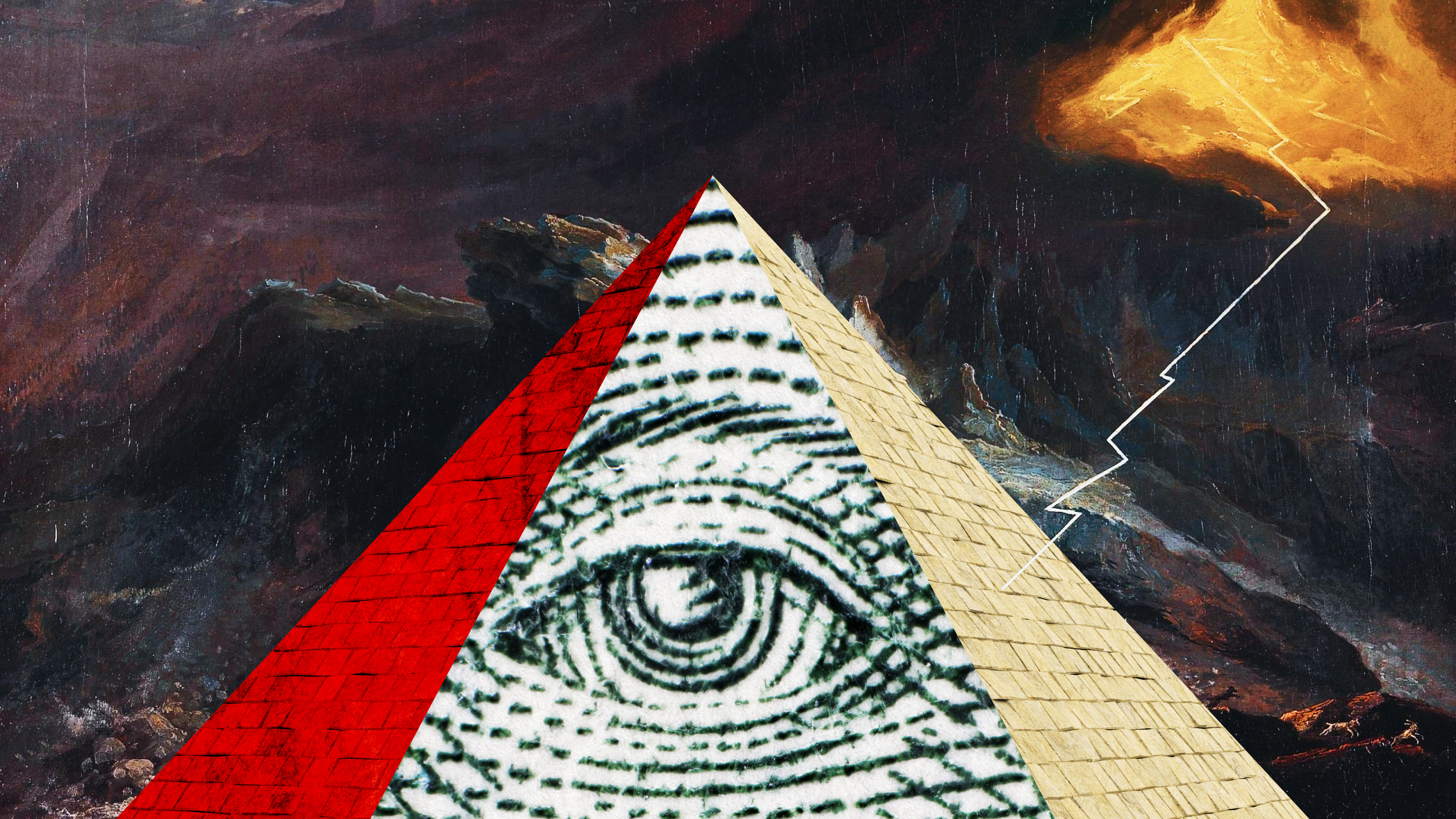How to detect “stealth” solar storms before they destroy our society

By NASA Goddard Space Flight Center - Flickr: Magnificent CME Erupts on the Sun - August 31, CC BY 2.0, https://commons.wikimedia.org/w/index.php?curid=21422679
- “Stealth” solar storms are difficult to detect before they are near Earth.
- The use of various imaging techniques from multiple angles allowed researchers to detect these stealth storms earlier than ever.
- Not seeing one coming could have disastrous effects on our electronic infrastructure.
Solar storms are a collection of disturbances on the sun that influence space weather. They include things like solar flares and coronal mass ejections (CMEs), a large release of plasma in the solar wind. They can affect Earth in a number of ways, such as by increasing the number of particles that hit the Earth’s magnetic field causing an aurora or — in severe cases — by disrupting technology and radio transmissions.
Most of the time, scientists can see storms as they occur on the sun. Information about the impact on Earth can be gathered a few days before it is likely to reach us. However, in as many as 20 percent of CMEs, there is little to no noticeable activity on the sun to give us an early warning. These “stealth” CMEs can have a huge impact on space weather but have proven difficult to spot until they have nearly arrived.
Luckily, a new study published inFrontiers in Astronomy and Space Sciences reports on new ways to detect so-called stealth solar storms long before they hit Earth.
The benefits of looking at the sun
Unlike regular CMEs, stealth CMEs do not tend to give typical warning signs like clear dimming or brightening of the surface of the sun. Instead, they seem to form in a higher region of the sun’s atmosphere called the corona than is typical. Unfortunately, watching for changes in the corona does not always give scientists the information they need to predict where a mass of plasma is moving.
In this study, the researchers took advantage of knowing the approximate origins of four stealth CMEs that were determined by data collected from Earth and the STEREO satellite, which was at a different angle with respect to the sun. The four CMEs differed in angle and intensity and occurred at different points in the solar cycle.
By using different imaging processes, subtle shifts in the upper corona were identified in each of the four cases examined. Most of the events also originated near areas with particularly strong magnetic fields.
The authors suggest that the small brightening and dimming effects they observed could be used to detect these CMEs in the future using similar methods. While they admit that the study does not provide a way to detect these CMEs before they form, they conclude that “identifying the source region of a stealth CME represents a first step toward providing more reliable predictions.”
A bad day for Earth
Solar storms are not merely of academic interest. Large storms have occurred before, and the damage they can cause is potentially devastating. A strong solar storm in1989 caused blackouts in Quebec and disrupted broadcasts of Radio Free Europe. That storm has nothing on the “Carrington Event” of 1859, however.
That solar storm was incredibly powerful, producing auroras visible in places like Queensland, Australia and the Caribbean. The auroras over New England were so bright that the residents could read newspapers by their light. Telegraph systems fried as a result of the huge amount of electromagnetic energy added to the Earth’s magnetosphere, occasionally starting fires as they spontaneously sparked. Some telegraph operators reported being able to operate their machines without connecting them to wires.
A storm estimated to be just as powerful as the Carrington Event occurred in 2012, but the plasma it ejected narrowly missed Earth. According to a study by the National Academy of Sciences, the total cost of such an event to the United States today could be more than two trilliondollars. It would also cause damage that could take years to fully repair. It goes without saying that having large portions of our electric systems and technology fried with little time to prepare might also make things unpleasant for a lot of people.
Smaller storms hit Earth once every three years, often causing damage to systems that use electricity. Larger events are rarer, but not as rare as we would hope. A study from a few years ago calculated that the odds of a Carrington level event occurring is 12 percent per decade.
May the odds be in our favor
With odds and consequences like that, the ability to see a “stealth” solar storm coming might prove to be one of the most important tools humanity ever discovered.
Given enough warning, precautions can be taken to help minimize the damage to electronics from a large solar storm. For example, satellites can be moved out of harm’s way, power grids can be primed to avoid being overloaded, and transformers can be taken offline to keep them from being destroyed.
If we fail to see the next Carrington Event coming, it might be a while before you can read the article we’ll write about it.





